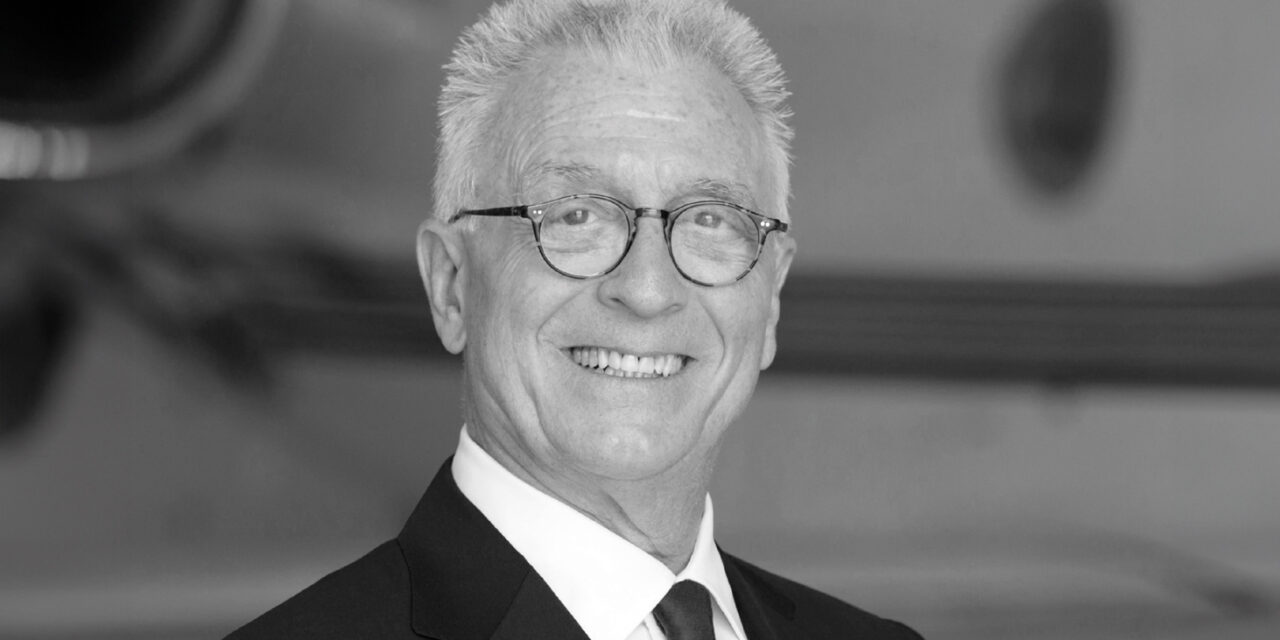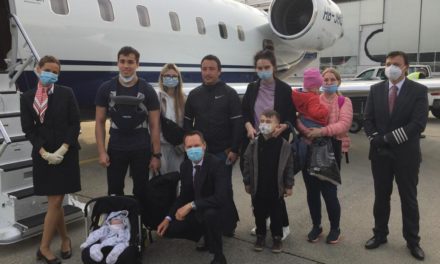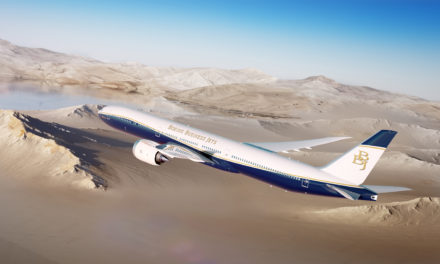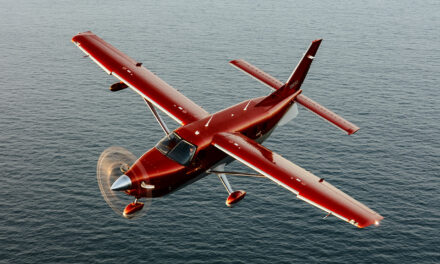By Jay Mesinger, CEO and Founder of Mesinger Jet Sales – © EBAA
An international aircraft brokerage firm with over 50 years of experience in the aviation industry, Mesinger Jet Sales has modernized the formula for buying and selling aircraft and provides its clients with the best market intelligence for aircraft sales pricing and correct acquisition expectations.
I had the distinct privilege to speak online with a leading industry analyst firm. I thought these excerpts from the event would help us all sum up our current market conditions across a variety of topics.
New Entrants (First Time Buyers) to the Market
There were a lot of things that new entrants needed to learn in terms of how to operate an aircraft and how to pick an aircraft to meet a mission, as well as the criteria for budgeting, hiring, and staff size. Although business aviation used jet inventories are up currently, corporations are back flying, and the industry is levelling out to a healthier position. The industry is working to expand shop space and hiring to keep up with demand. Currently, the percentage of new entrants is a typical 10-15% annually vs 70% or higher in 2021-22 Pandemic period when Corporates were largely out of the market. Many of the new entrants are staying in the market, although some are trading aircraft for a more structured mission. There has not been a trend of customers exiting the market. This is very positive for the sustainability of our markets.
A More Balanced Market
In 2021-22, it was a seller’s market with bidding wars and a lack of due diligence in the market. This started to shift last year with more inventory coming on the market with corporations coming back in and modernizing their fleets. Manufacturers are now beginning to deliver aircraft that have been in development (Falcon 6X and G700 for example). The market is more balanced, allowing for proper pre-buying diligence and opportunities for healthy negotiations.
Activity Remains Robust
Customers are using aircraft more than they have historically, and they are using the jet deeper into the corporate structure. This is true all over the world. There were times when there were no aircraft on the market for a given category, but right now there are 5-7.5 % of the active fleet for sale in any given category. Right now, prices are reflecting an annual residual loss rate (5-7%), which is expected in a balanced market. Prices are not falling off a cliff, but just being priced more healthily.
Demand Across Every Market Category
Every category is seeing demand driven by utilization trends. However, as the world opens again, the large, long-range aircraft are seeing better demand as longer haul flights are becoming more common again, which benefits Gulfstream, Dassault, and Bombardier. The residual loss rate is lower on these heavy jets. The small segment, including turboprops, is also doing well, and recovering nicely.
Pricing for Midsize Aircraft is Down 5%
Compliant aircraft have the least residual loss and are down approximately 5-7% year over year. Aircraft are holding their value outside of the residual loss. Time on market has been 100-200 days for some aircraft vs pre-COVID averaging 57 days. Demand is fairly strong, but the longer time on market is because some sellers are not correcting pricing to recognize that it is a balanced market, not a seller’s market.
G700 vs G650 Demand
The entry into service of the Gulfstream G700 in April has not led to a glut on G650s in the market. There is a certain number of G700 buyers that are first-time buyers that do not have G650s to put up for sale. Although the G650 production is ending, it is not a technology that customers would consider old. The decision to end the G650 line was largely because they rounded out their fleet nicely. The cockpit technology in the new jets is also another element of the shift. The G500 and G600 are transacting in the pre-owned market with very short time on market, although there are not very many. One reason for this is the long lead times for new aircraft. Pricing is pretty comparable to the annual residual rate. Some people bought multiple G500/G600s and realized that they only needed one, which is where the pre-owned demand is coming from. Other sellers realized that the mission was not what they expected.
We are expanding again in other Global Markets and European Markets. Our firm transacts 25-30 jets a year and is primarily focused on the US market, although it is expanding its international presence particularly in Europe. Mesinger is exporting three jets to Europe this month. Europe is heating up with the Middle East also improving.









